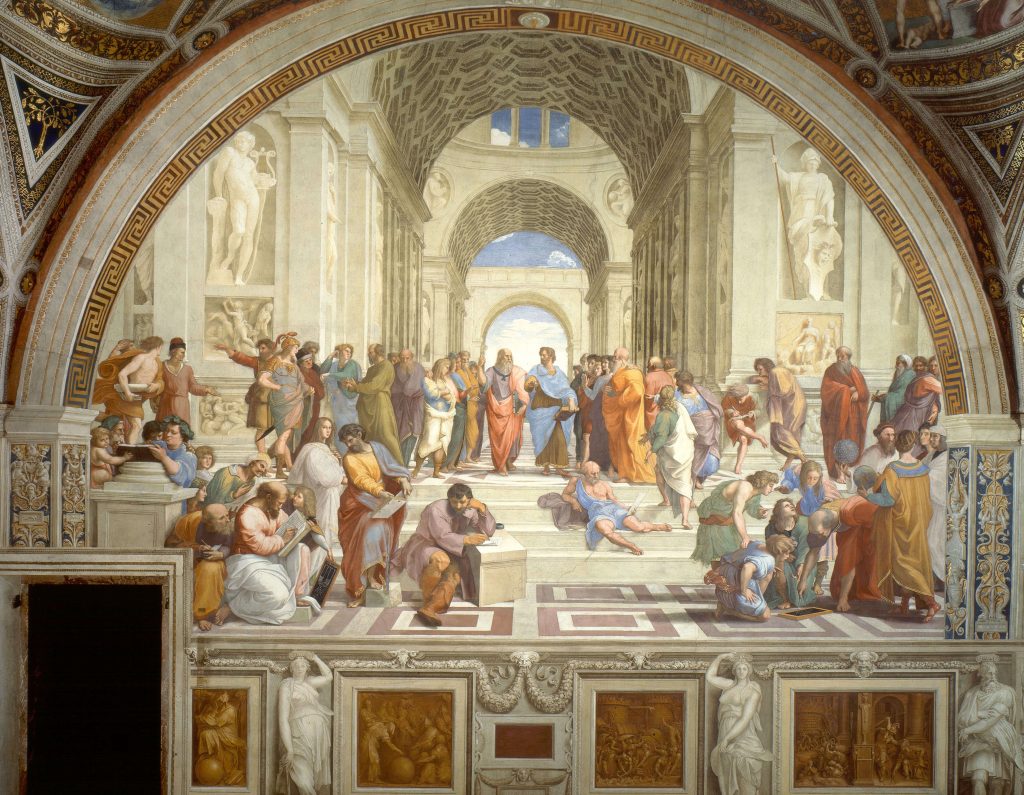The Renaissance era, spanning roughly from the 14th to the 17th century, marked a period of profound cultural, intellectual, and artistic rebirth in Europe. At the heart of this transformative period was the emergence of Renaissance painting, characterized by a renewed focus on realism, humanism, and artistic innovation. In this article, we’ll explore the rich tapestry of Renaissance painting, from its historical context and key characteristics to its most celebrated artists and iconic masterpieces.
Historical Context of Renaissance Painting:
The Renaissance period, which originated in Italy and later spread across Europe, was shaped by a resurgence of interest in classical antiquity, a growing emphasis on human potential and achievement, and the rise of wealthy patrons who supported artistic endeavors. Against this backdrop of cultural and intellectual ferment, Renaissance painters sought to break free from the constraints of medieval tradition and explore new techniques, themes, and subjects.
One of the defining features of Renaissance painting was its embrace of naturalism and perspective, as artists strove to capture the world with greater fidelity and accuracy. Influenced by developments in science, mathematics, and optics, painters such as Filippo Brunelleschi and Leon Battista Alberti pioneered the use of linear perspective and vanishing points to create the illusion of depth and space on a two-dimensional canvas.
Key Characteristics of Renaissance Painting:
Renaissance painting is characterized by several key attributes that distinguish it from earlier artistic traditions and styles:
- Humanism: At the heart of Renaissance painting was a profound appreciation for the human form and spirit. Artists such as Leonardo da Vinci, Michelangelo Buonarroti, and Raphael Sanzio sought to imbue their works with a sense of human dignity, emotion, and intellect, drawing inspiration from classical ideals of beauty and proportion.
- Realism and Naturalism: Renaissance painters placed a strong emphasis on realism and naturalism, striving to depict the world with greater accuracy and detail. Through the use of chiaroscuro (the contrast between light and shadow), sfumato (the blending of tones and colors), and perspective, artists created lifelike representations of human anatomy, facial expressions, and natural landscapes.
- Iconography and Symbolism: Renaissance painting was often imbued with layers of symbolism and allegory, conveying deeper spiritual, philosophical, or political meanings. Religious themes and biblical narratives were common subjects for Renaissance artists, who used symbolism to communicate complex theological concepts and moral lessons to viewers.
- Patronage and Commission: Renaissance painting was largely driven by the patronage of wealthy individuals, religious institutions, and ruling elites who commissioned works of art to adorn churches, palaces, and public spaces. These patrons provided artists with financial support, artistic freedom, and opportunities for creative expression, shaping the direction and content of Renaissance painting.
- Technical Innovation: Renaissance painters experimented with new materials, techniques, and methods of artistic production, leading to significant advances in the field of painting. Innovations such as oil painting, which allowed for greater color intensity and durability, and the development of perspective and foreshortening techniques, revolutionized the practice of painting and expanded its expressive possibilities.
Celebrated Artists and Iconic Masterpieces:
The Renaissance era produced a wealth of talented artists whose works continue to inspire awe and admiration to this day. Among the most renowned painters of the period are:
- Leonardo da Vinci (1452–1519): Widely regarded as one of the greatest artists of all time, Leonardo da Vinci was a true Renaissance polymath, excelling in painting, sculpture, architecture, engineering, and scientific inquiry. His most famous works include the Mona Lisa, an enigmatic portrait of a Florentine noblewoman, and The Last Supper, a monumental mural depicting the final meal of Jesus and his disciples.
- Michelangelo Buonarroti (1475–1564): A master of the High Renaissance, Michelangelo was celebrated for his virtuoso skill in sculpture, painting, and architecture. His iconic frescoes on the ceiling of the Sistine Chapel, including The Creation of Adam and The Last Judgment, are considered some of the greatest achievements in Western art history.
- Raphael Sanzio (1483–1520): Known for his grace, harmony, and classical beauty, Raphael was a leading figure of the Italian Renaissance. His masterpiece, The School of Athens, is a monumental fresco that celebrates the intellectual and philosophical achievements of ancient Greece and Rome, featuring a gathering of renowned philosophers, scholars, and thinkers.
- Titian (c. 1488–1576): A master of color and composition, Titian was one of the most influential painters of the Venetian Renaissance. His bold use of color, dynamic brushwork, and emotional intensity set him apart from his contemporaries. Works such as Bacchus and Ariadne and Venus of Urbino exemplify Titian’s mastery of sensual beauty and mythological subject matter.
- Jan van Eyck (c. 1390–1441): A pioneering Flemish painter, Jan van Eyck is credited with perfecting the technique of oil painting and elevating Northern Renaissance art to new heights of realism and detail. His masterpiece, The Arnolfini Portrait, is a masterful study of light, texture, and symbolism, capturing the opulence and sophistication of Renaissance society.
Legacy of Renaissance Painting:
The legacy of Renaissance painting extends far beyond the borders of Europe, influencing subsequent generations of artists and shaping the course of art history for centuries to come. The principles of humanism, naturalism, and technical innovation championed by Renaissance painters continue to resonate with contemporary artists who seek to explore the complexities of the human experience and celebrate the beauty of the natural world.
Renaissance painting represents a pinnacle of artistic achievement and cultural expression, reflecting the aspirations, ideals, and achievements of a transformative period in history. Through their mastery of form, color, and composition, Renaissance artists have left an indelible mark on the world of art, inspiring generations of viewers to contemplate the mysteries of existence and the wonders of creation.


